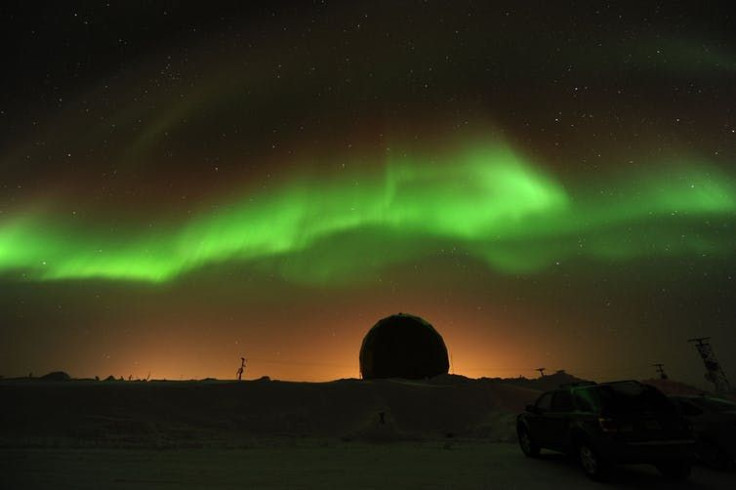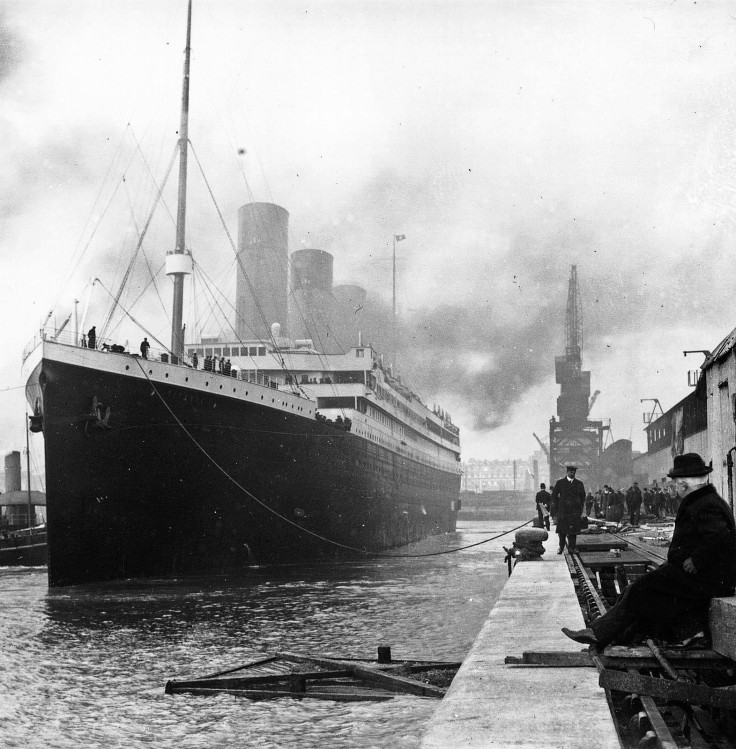How An Aurora May Have Led To The Sinking Of The Titanic
KEY POINTS
- A study explored the possibility that space weather contributed to Titanic disaster
- Witnesses report of a prominent aurora borealis on the night that the Titanic sank
- During the event, Titanic and nearby vessels experienced communication disruptions
- It's possible that the aurora also helped the rescue of many passengers
Could a geomagnetic storm have contributed to the unfortunate fate of the "unsinkable" Titanic? A new study delves into space weather's possible contribution to the event.
Many people are already aware of the fate that befell the Titanic. Named Royal Mail Ship (RMS) Titanic in full and nicknamed the "Millionaire’s Special" by some according to Britannica, the massive passenger liner left Southampton, England on its maiden voyage en route to New York City on April 10, 1912. Days later, on the evening of April 14, the Titanic collided with an iceberg, eventually leading to its demise.
In a recently published study in the journal Weather, researcher Mila Zinkova considers the possibility that an aurora borealis may have contributed to the events that led to the Titanic to sink, noting several witness accounts saying that the northern lights were quite prominent on the night of the event.
As NASA explains, an aurora occurs when the electrified gas that the sun emits during a coronal mass ejection interacts with the Earth's magnetic field, creating the signature ribbons of light. A strong enough event can lead to disruptions in the magnetic field, affecting instruments such as those used in navigation and communication.
"The significant space weather event was in the form of a moderate to strong geomagnetic storm that observational evidence suggests was in effect in the North Atlantic at the time of the tragedy," Zinkova wrote in the study.

At the time of the accident, the Titanic was said to be navigating through an area known to have icebergs, something the Titanic crew was warned about although the messages reportedly did not push through. According to Zinkova, it's possible that the aurora may have led to disruptions in the ship's communications, preventing them from receiving the warnings and also sending distress signals after the collision. Further, it also may have disrupted the Titanic's navigation equipment, which made moving around the icy waters much more difficult.
After the collision, however, the influence of the aurora could have been instrumental to the rescue operations. As Zinkova notes, the rescue ship RMS Carpathia also received incorrect information on the location of the Titanic. That led the ship to the location of the lifeboats, thereby rescuing many of the passengers.
At the time, the kind of disruptions that a geomagnetic storm can produce was largely unknown. Since the reports of disrupted radio calls were only at a particular radius and not outside of it, it appears that the phenomenon was localized.
A similar or even bigger event today could cause disruptions in the power grid or in signal transmission, for instance with GPS. And in a world that's increasingly reliant on technology for daily life, even a temporary disruption could lead to major problems.
This is why agencies such as NASA and the National Oceanic and Atmospheric Administration are keeping a close watch on space weather so that those who need to be warned — for instance, electric companies and spacecraft operators — can be alerted beforehand so they can take the necessary precautions.
As for the Titanic, the recent study shows how space weather may have led to the tragedy but also to the rescue of many survivors. It also shows how the fascination with the event lives on over a century after it happened.

© Copyright IBTimes 2024. All rights reserved.






















